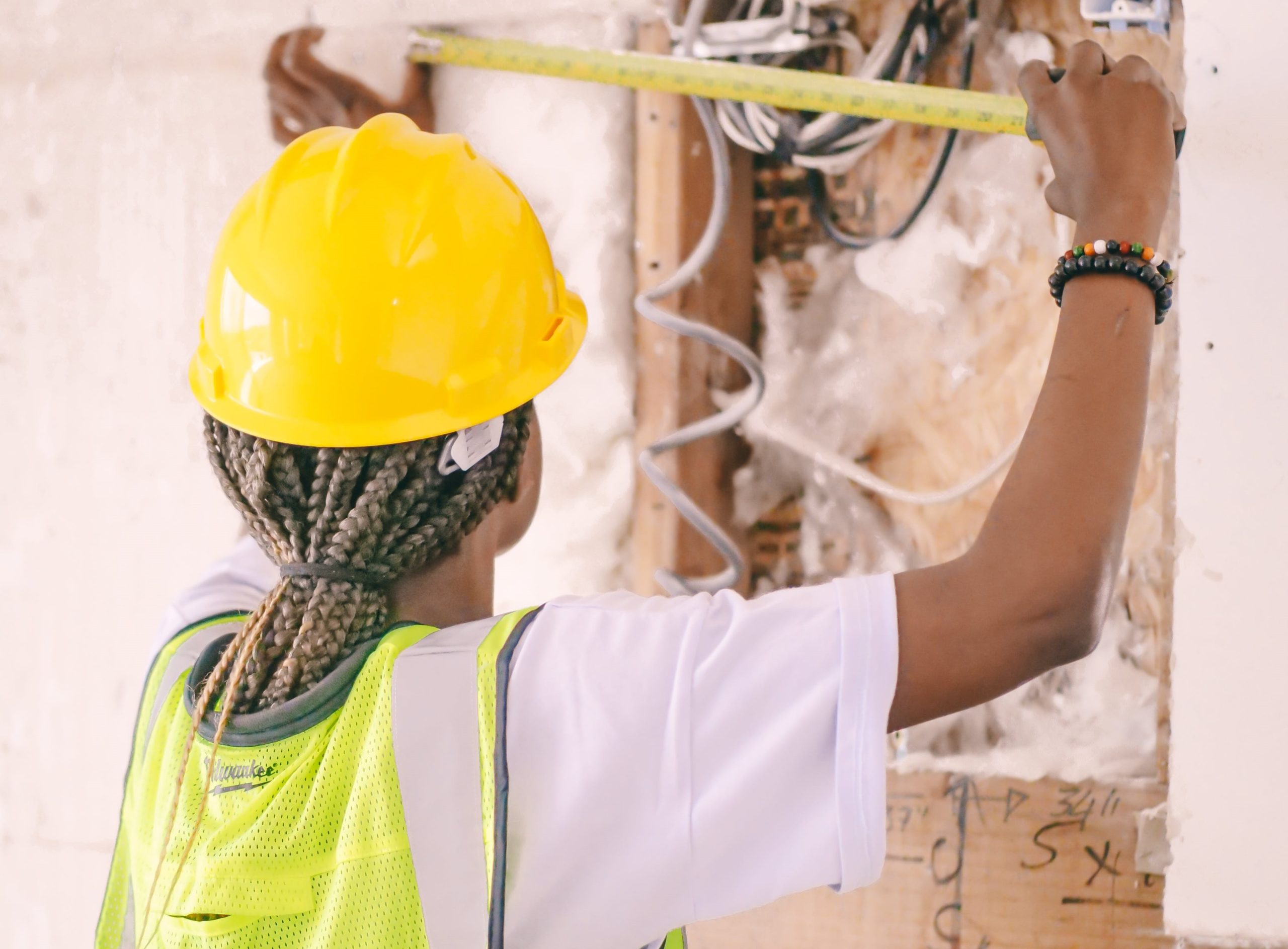The demand for tradeswomen is on the rise

While hands-on trades such as plumbing and construction have historically been dominated by male workers, the gender gap in this industry has slowly begun to close. Coupled with an increase in women in these types of roles, consumers are also showing more interest in hiring female contractors in place of their male counterparts.
Tradespeople search platform My Local Toolbox has conducted research on the landscape of tradeswomen in the UK. In this article, we’re going to share some of the interesting statistics about the increase in demand for female tradespeople over recent years.
Increase in the number of people searching for tradeswomen
Online searches comprise a large proportion of business enquiries for tradespeople, providing a useful insight into what consumers are looking for from contractors. While hands-on trades have traditionally been dominated by male workers, search results from local consumers clearly show that interest in female tradespeople is on the rise.
In a year-on-year comparison, the search term “lady plumber near me” has seen a 450% increase, while “lady painter and decorator near me” and “female carpenter near me” increased by 125% and 100% respectively. As well as confirming an increasing demand for tradeswomen, these stats demonstrate how this small niche can harness their unique selling proposition to attract a receptive audience.
Are there enough tradeswomen currently?
While the survey found that 96% of homeowners would be willing to hire a female tradesperson, currently only 4% of the UK’s trades industry is made up of women. With demand on the rise, and, there simply aren’t enough female plumbers, electricians or builders to meet demand.
When broken up by sector, we can see that the highest representation of women is found in gardening & landscaping, at 17%, followed by painters & decorators at just 4%. At the other end of the spectrum, women make up less than 1% of the UK’s bricklayers, roofers and tilers.only 4% of the UK’s trades industry is made up of women.
Why are consumers looking for female tradespeople?
In a 2019 poll conducted by the Federation of Master Builders (FMB), 38% of London homeowners said that they would feel more positive about hiring a tradeswoman than a male builder. The reasons cited for this preference were as follows:
– 61% felt that female tradespeople would be more respectful of their home
– 50% wanted to support more women working in non-traditional job roles
– 42% thought that female tradespeople would be more trustworthy
– 39% believed that they would feel more at ease with a female tradesperson
– 34% thought that female tradespeople would be friendlier
– 33% felt that women often have better attention to detail than men
– 26% stated that they prefer the company of women
– 23% stated that they relate better to other women
– 16% thought that it would be a novelty and a welcome change
How does the future look for women in the trades?
Enrolment data shows that the number of women starting construction-related apprenticeships is trending upwards. While this hasn’t been a consistent or dramatic increase, it’s encouraging to see that more women are entering into the trades.
As attitudes both within the sector and from a consumer perspective continue to change, we’ll likely see the trades joining the many industries in which a female workforce has been normalised. The gender gap is still wide, but the insights from research such as the survey conducted by My Local Toolbox give hope that we’ll experience significant change in the near future.
How can we encourage more women into trade roles?
To meet the demand for more female tradespeople in the UK, more needs to be done to encourage young women entering the industry. Increasing the awareness of apprenticeships and non-traditional education options in schools and offering female-centric clubs and activities can help to promote these skills and make them more accessible and attractive to women.
As with many other industries, the gender pay gap exists within the trades. The ONS reports that women working full time within skilled construction and building roles were paid £536 per week in 2022. Closing this gap and offering equal pay for everyone could help this industry to attract more women.
More could also be done to highlight the benefits of working in the trades for women later in life, such as those looking to return to work after maternity leave or working as a stay-at-home parent. From flexible hours and the ability to work for yourself to on-the-job training that doesn’t require an undergraduate education, there are lots of reasons why training to become an electrician, builder or other tradesperson is a great option for women looking to return to the workforce.
If you’re considering retraining as an electrician, take a look at our range of electrical courses, or contact us to find out more about electrician qualifications.
Back to blog



